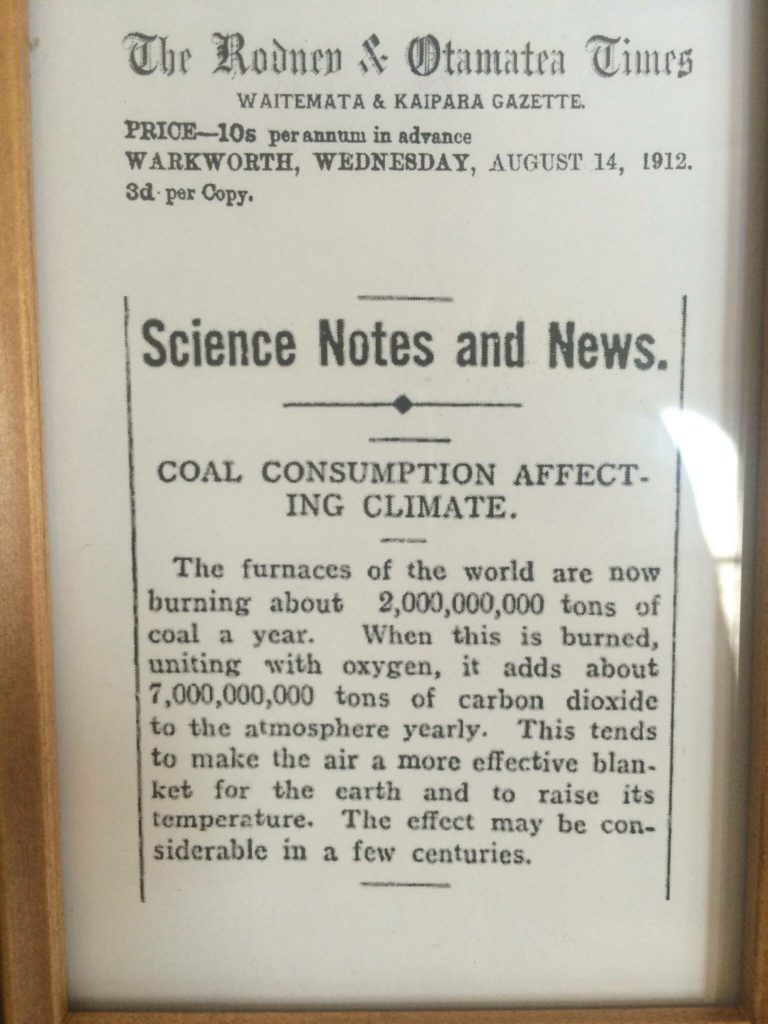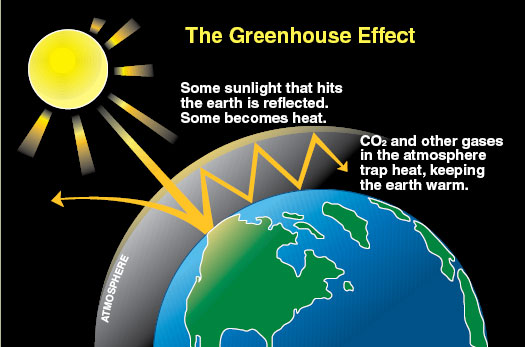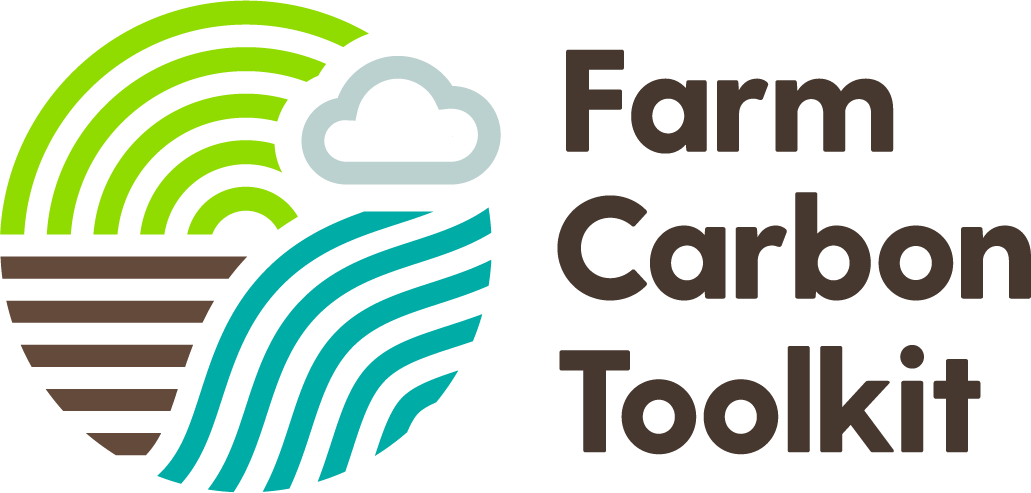Climate change is acknowledged by the world’s leading scientists as a real and critical threat. It is now considered unequivocal that human influence has already warmed the atmosphere, ocean and land. Global surface temperatures are expected to continue increasing until at least the mid-century – and without a deep reduction in carbon dioxide and other greenhouse gas emissions (GHGs), we face a world which will be radically altered in the coming decades.
What is Climate Change?
Climate change has been defined by the Intergovernmental Panel on Climate Change (IPCC) as a change in the state of the climate that can be identified (e.g. using statistical tests) by changes in the mean and/or the variability of its properties, and that persists for an extended period, typically decades or longer (IPCC report 2021). This is recognised as a critical problem with global implications by the world’s leading scientists.
For millions of years the Earth’s climate has changed gradually over time, but in a relatively short space of time – only a few hundred years – the effect of human activity has dramatically increased this rate of change.
Why the Climate is Changing?

Scientists have known for over 100 years that adding more carbon dioxide (CO2) to the atmosphere causes a warming of the Earth’s surface. But now that the effects are starting to be felt public demand is growing to reduce our CO2 emissions, along with other GHGs.
Before the Industrial Revolution, the Earth’s atmosphere could be viewed as a closed system: natural processes would add and remove carbon dioxide to and from the atmosphere in a balanced cycle that has been maintained for millions of years. But since then, various human activities have tipped this natural balance out of sync’ by adding more carbon dioxide than can be safely absorbed by the natural processes.
The extra GHGs, including CO2, Methane (CH4) and Nitrous Oxide (N2O), cause the Earth to warm, in what is known as the ‘greenhouse effect’. These gases act like a greenhouse because they reflect bands of the Sun’s radiation back towards the Earth’s surface that would otherwise radiate straight back out, therefore warming the Earth’s surface.

Data from Hawaii (below) illustrates how concentrations of CO2 have risen since World War II as economic activity has rapidly expanded across the globe. No natural processes or effects have been found that can explain such a rapid rise in CO2 concentrations.

How much is the climate changing?
Each of the last four decades has been successively warmer than any decade that preceded it since
1850 (IPPC, 2021: A.1.2.). According to the IPPC 2021 assessment, the global surface temperature was 1.1°C higher in 2011–2020 than in 1850–1900, with larger increases over land (1.59°C) than over the ocean (0.88°C). The majority of these increases are considered to be driven by human activity.
The IPCC suggests that global warming is likely to reach 1.5°C between 2030 and 2052 if it continues to increase at the current rate. This pace of change in temperature is unmatched in history. And so worrying is this temperature jump, it has led scientists to warn of potentially irreversible changes in our climate if allowed to continue.
Positive feedback loops
As the Earth warms, processes are triggered on the surface and in the atmosphere called climate feedbacks. “Positive” feedbacks will strengthen the warming, while “negative” ones will weaken it. Examples of feedback loops include:
- Climate change means more extreme weather events, such as forest fires, which in themselves generate further GHG emissions.
- Warming reduces the amount of CO2 absorbed by surface ocean waters and also potentially the amount of carbon sequestered by trees, plants and soils.
- Warmer temperatures may cause permafrost soils across the Arctic to thaw, with the potential to release their vast stores of organic carbon, thus further propagating climate change.
- As temperatures rise, more water evaporates from the Earth’s surface and is present in the atmosphere. Higher concentrations in the atmosphere have a warming effect, creating a positive feedback.
- As temperatures rise, there is less sea ice and snow cover. Ice and snow reflect a large portion of the Sun’s energy that hits the Earth’s surface. Therefore as they melt away, a darker surface of ocean or soil is left behind, which reflects less energy, causing the surface to warm further. Declining sea ice is causing the Arctic to warm twice as quickly as the global average.
These positive feedback loops create a vicious cycle, known as ‘runaway’ climate change. Scientists generally agree that to avoid ‘runaway’ climate change we need to restrict temperature rise to 1.5°C or 2°C by 2100.
How will it affect UK Farmers?
Climate change is about more than global warming. As well as rising temperatures putting stress on farmland across the world, greater extremes of both hot and cold temperatures are expected. Climate change will also bring altered rainfall patterns, raised sea levels, increased risks of flooding, droughts, more acidic oceans, more storms and other unexpected weather events. Such changes could have huge consequences for farmers, growers and all those reliant on the land for an income.
If nothing is done the UK is forecast to have shorter, wetter winters, less rainfall in the summer and more stormy and unusual weather events. This will test farmers and growers and require new ways of growing crops and livestock. You can read more about the expected localised changes in climate in the UK here.
Warmer and milder weather will allow new pests to establish themselves in the UK and change the flowering dates of flowers and plants. Loss of biodiversity and native species will have knock-on ecological effects for farmers and damaging invasive species are expected to multiply.

What Can be Done?
A major review into whether it makes economic sense to fight climate change concluded that allowing climate change to continue unabated would result in costs equivalent to 2% of the world’s GDP. Conversely, taking immediate action to combat the worst outcomes of climate change would cost only 0.5% of GDP. This review has led to the development of the target for the UK to reach net zero by 2050, through the creation of new laws there is now a legal requirement to reduce greenhouse gas emissions to reach this goal.
The good news is that steps can be taken to fight climate change. The most important is reducing and stopping altogether the emission of CO2 and other GHGs into the atmosphere. The 2015 Paris Climate Change Agreement led to the creation of an international, legally binding, policy to limit global warming to less than 2oC; signed by 195 countries this commitment demonstrates the political willing and consciousness to secure the future stability of our global environment.
Farmers and growers can have a big impact by reducing their emissions, and even help absorb emissions from the atmosphere. Our toolkit explores how farmers and growers can reduce emissions and help combat climate change, benefitting at the same time from lower costs and new business opportunities. Conversely, taking immediate action to combat the worst outcomes of climate change. See the ‘Taking action’ section for more information on how to get involved.
Further Reading
- IPCC Climate Change 2021 – AR6 Report
- Climate Reality Check: a resource designed for climate practitioners, advocates, journalists, business leaders and policymakers to better understand and address the mismatch between the current climate risks and inadequate levels of climate action.
- Carbon Brief: How Analysis: How ‘carbon-cycle feedbacks’ could make global warming worse
- Tyndall Centre for Climate Change Research

